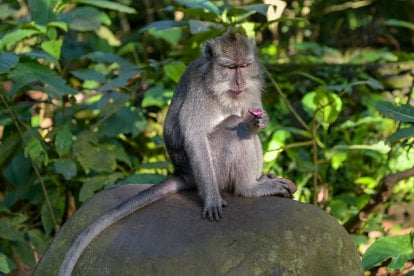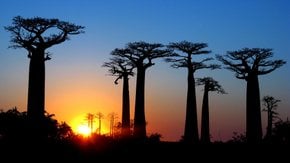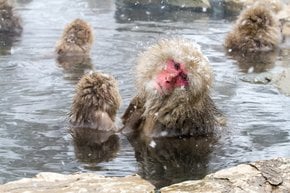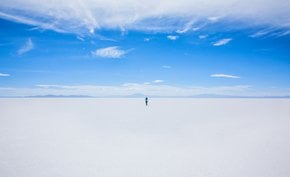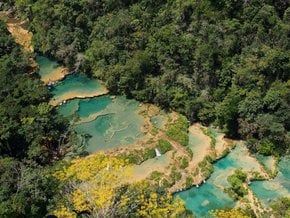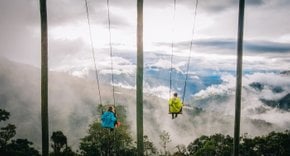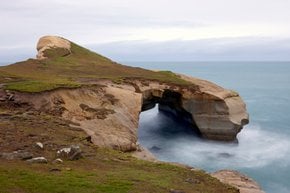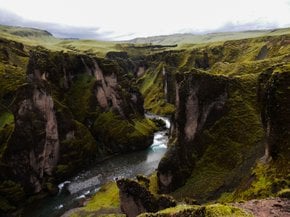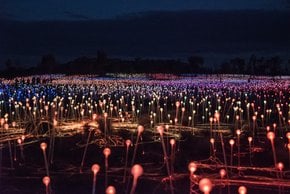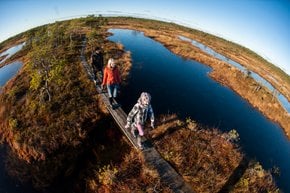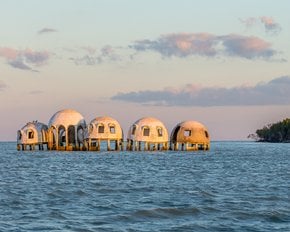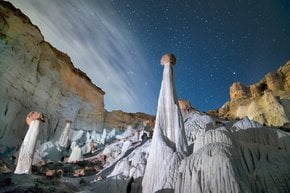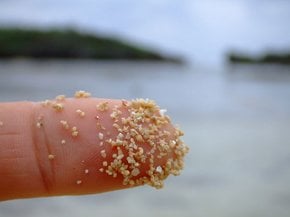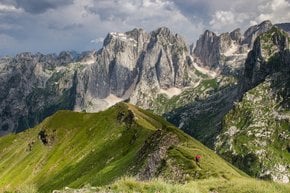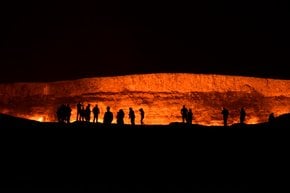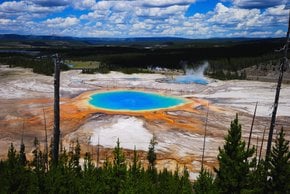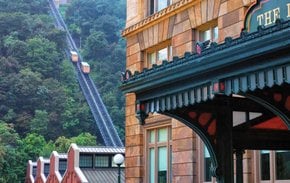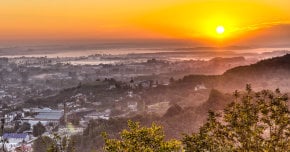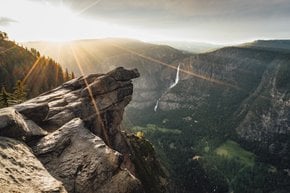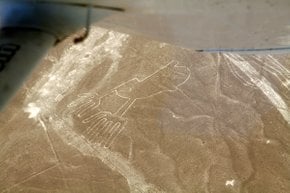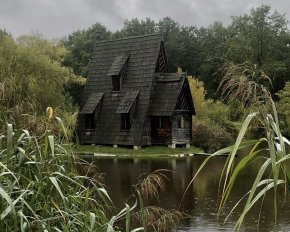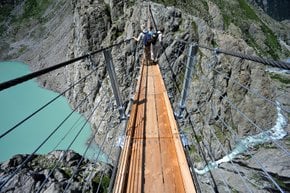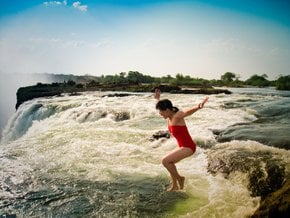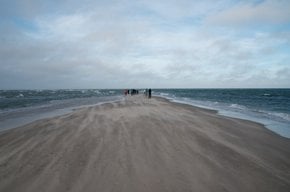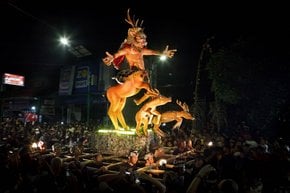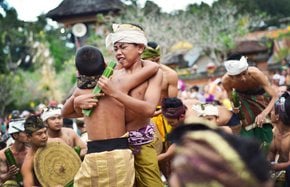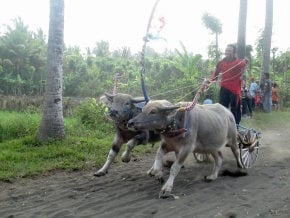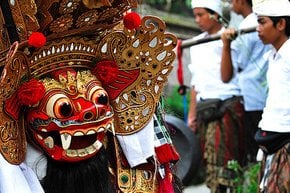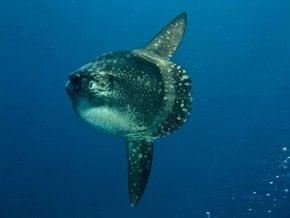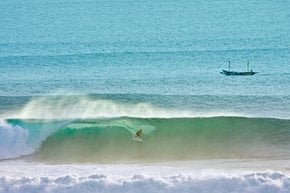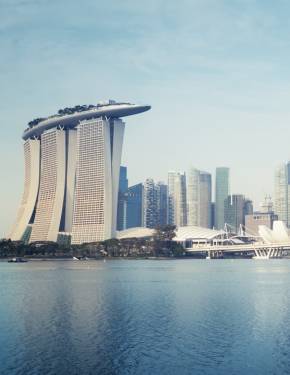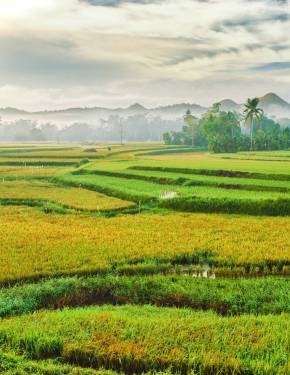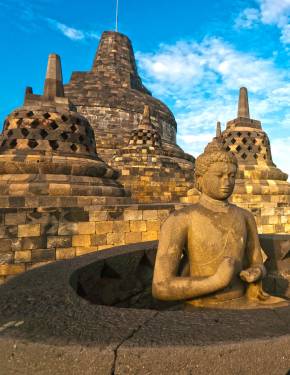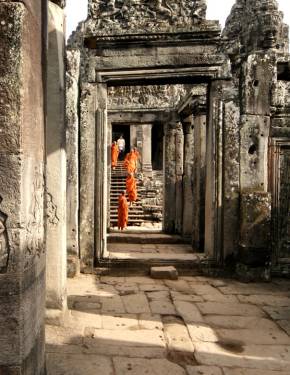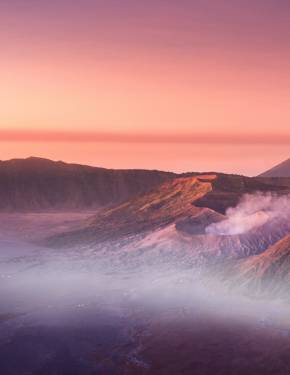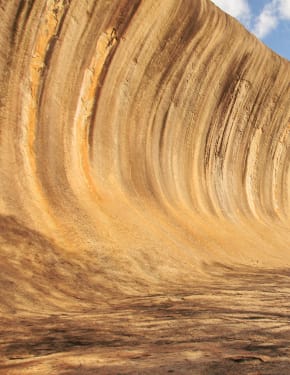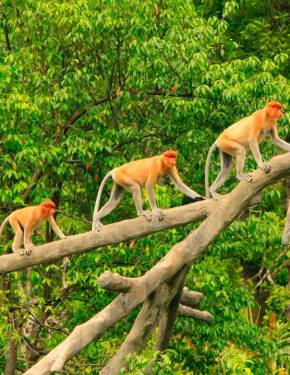Sacred Monkey Forest in Bali 2026
Meet the lively long-tailed macaques of Bali as they roam freely in their jungle home
Best time: April–October
Nestled within the village of Padangtegal in Ubud, Bali, lies the Sacred Monkey Forest, affectionately referred to as the Ubud Monkey Forest. Encompassing around 12.5 hectares, this natural sanctuary is inhabited by over 1200 long-tailed macaque monkeys.
Attractions
At the Ubud Monkey Forest, visitors can immerse themselves in the lush surroundings, observe playful monkeys in action, and discover the perfect harmony between Bali's natural beauty and its rich traditions. Guests can enjoy traditional Balinese dance performances, witness graceful movements, vibrant costumes, and captivating music. Additionally, they can explore the enchanting temples and intricate statues that hold cultural and spiritual significance, including the Pura Dalem (temple to worship Lord Shiva), Holy Water Temple, Cremation Temple, and Balinese Cemetery.
Monkeys
The Sacred Monkey Forest is home to the Balinese long-tailed monkeys, scientifically known as Macaca fascicularis. Approximately 1260 monkeys reside in this area, organized into ten distinct groups. While their primary food is sweet potatoes, they also consume a variety of other foods, such as bananas, papaya leaves, and seasonal fruits.
Guests have the opportunity to observe the monkeys' diverse behaviors during their visit. Interactions between monkeys often occur due to territorial disputes, competition for food, or hierarchy establishment. Eye contact is often interpreted as a sign of aggression, so it's advised to avoid it during encounters with the monkeys.
Tickets & Hours
The Sacred Monkey Forest opens its gates from 9 am to 6 pm daily, offering visitors the chance to experience its enchanting ambiance and playful residents. Entrance fees vary depending on the day of the week, with Monday to Friday priced at IDR 80,000 for adults and IDR 60,000 for kids, and Saturday and Sunday at IDR 100,000 for adults and IDR 80,000 for kids. Additionally, for those eager for a monkey selfie experience within the forest, a separate voucher priced at IDR 50,000 is required.
Regardless of the weather, the monkeys of the Ubud Monkey Forest are active year-round, indulging in their playful antics. Nevertheless, the best time to visit is during the dry season, which typically spans from April to October. During these months, the weather is more predictable, with lower chances of rain and comfortable temperatures for exploring the forest. To avoid the crowds, particularly during peak seasons, early birds are advised to arrive at 8:30 am, just before the crowds begin to gather.
Rules & Restrictions
To ensure a safe and enjoyable experience for both visitors and monkeys, it's important to follow a few simple rules while exploring the Sacred Monkey Forest. Firstly, refrain from touching the monkeys and exercise caution, especially around baby monkeys, as their mothers can be protective. When capturing photographs, maintain a respectful distance from the monkeys, utilizing zoom lenses for close-ups and avoiding the use of flash photography.
Feeding the monkeys is strictly prohibited for safety reasons, as only designated staff members are authorized to provide food. Additionally, visitors are advised not to bring plastic bags into the forest to prevent potential hazards and to avoid enticing the monkeys. For convenience, lockers are available in the lobby area to securely store personal belongings during visits.
Forest History & Significance
The history of Monkey Forest Ubud is deeply rooted in Balinese culture, stretching back to the 14th century when it was revered as a sacred site imbued with spiritual energy and guardian spirits. Within its lush confines, the monkeys, considered sacred creatures, symbolize both protection and playfulness, fostering a unique bond between humans and wildlife.
In the 20th century, Monkey Forest Ubud emerged as a pivotal conservation area, dedicated to preserving its natural allure, promoting sustainable tourism practices, and raising awareness about its cultural and environmental significance. Today, it stands as a cherished sanctuary where visitors can immerse themselves in nature, witness captivating monkey behaviors, and contribute to ongoing conservation endeavors.

